Archaeologists in Bavaria have uncovered the remains of one of the largest known fortified military camps of the Thirty Years’ War, in Stein near Nuremberg, Germany. The site, which was found during a construction project in the town’s Blumenviertel (Flower Quarter), was identified as the 1632 encampment of Imperial General Albrecht von Wallenstein, who led his troops during a campaign against Swedish troops under King Gustavus Adolphus.
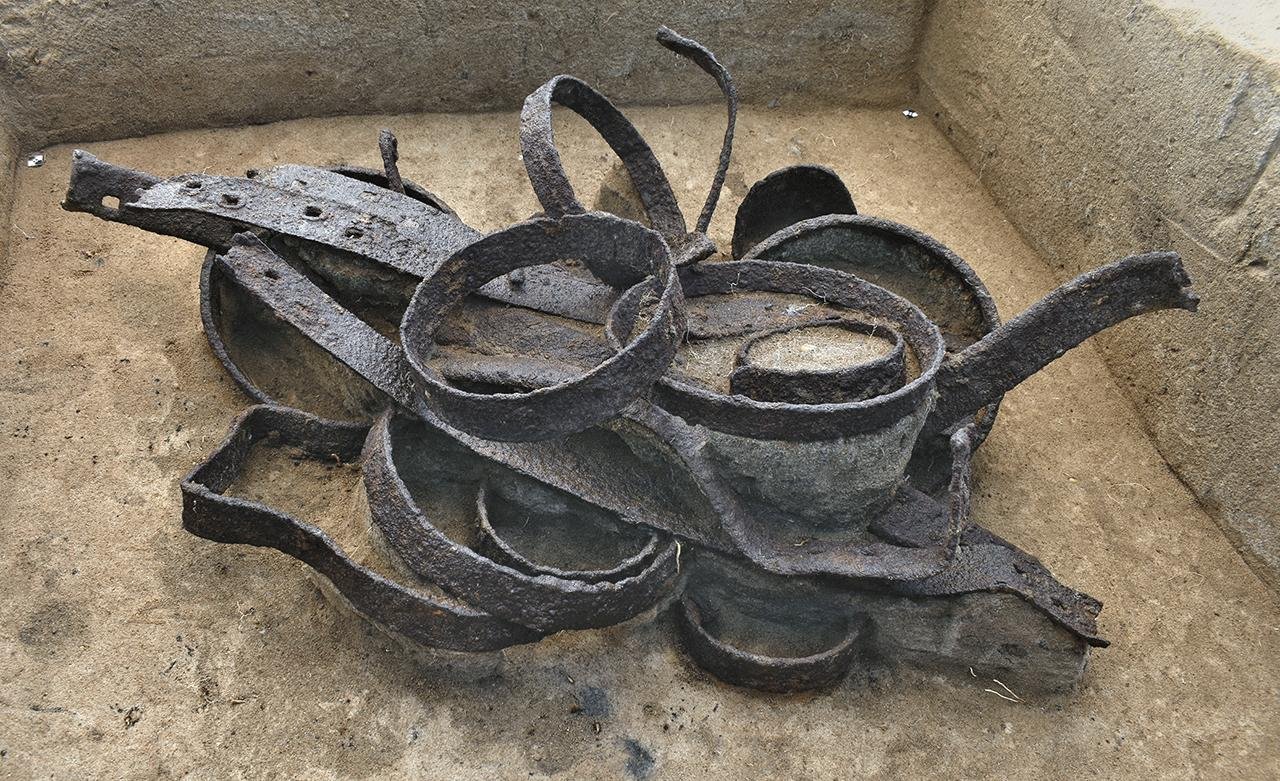
The Thirty Years’ War (1618–1648) devastated much of Europe, particularly the German states, where populations were reduced by over half. The war started as a religious conflict between Catholic and Protestant states but grew into a broader political conflict between great powers such as Sweden, France, Spain, and the Habsburg Empire.
The excavation, conducted by the Bavarian State Office for Monument Preservation (BLfD) between May 2022 and March 2023, discovered that Wallenstein’s massive camp stretched further south than historians previously thought. “The first surprise was that the excavations ended up in the middle of Wallenstein’s camp,” said Dr. Stefanie Berg, head of the Department of Archaeological Heritage of the BLfD. “The exact course of the southern fortification lines had been unknown based on historical maps. Now we know that Wallenstein’s camp extended further to the south than had been assumed.”
The camp was home to about 50,000 troops, 15,000 horses, and 30,000 civilians in the persons of merchants, entertainers, and soldiers’ relatives who followed the army. Archaeologists unearthed an assorted array of everyday items which bring to life a vibrant account of life within the wartime settlement: buttons, buckles, scissors, knives, glass beads, ceramic fragments, silver wire, a thimble, a spindle whorl for yarn spinning, and remnants of sewing kits.
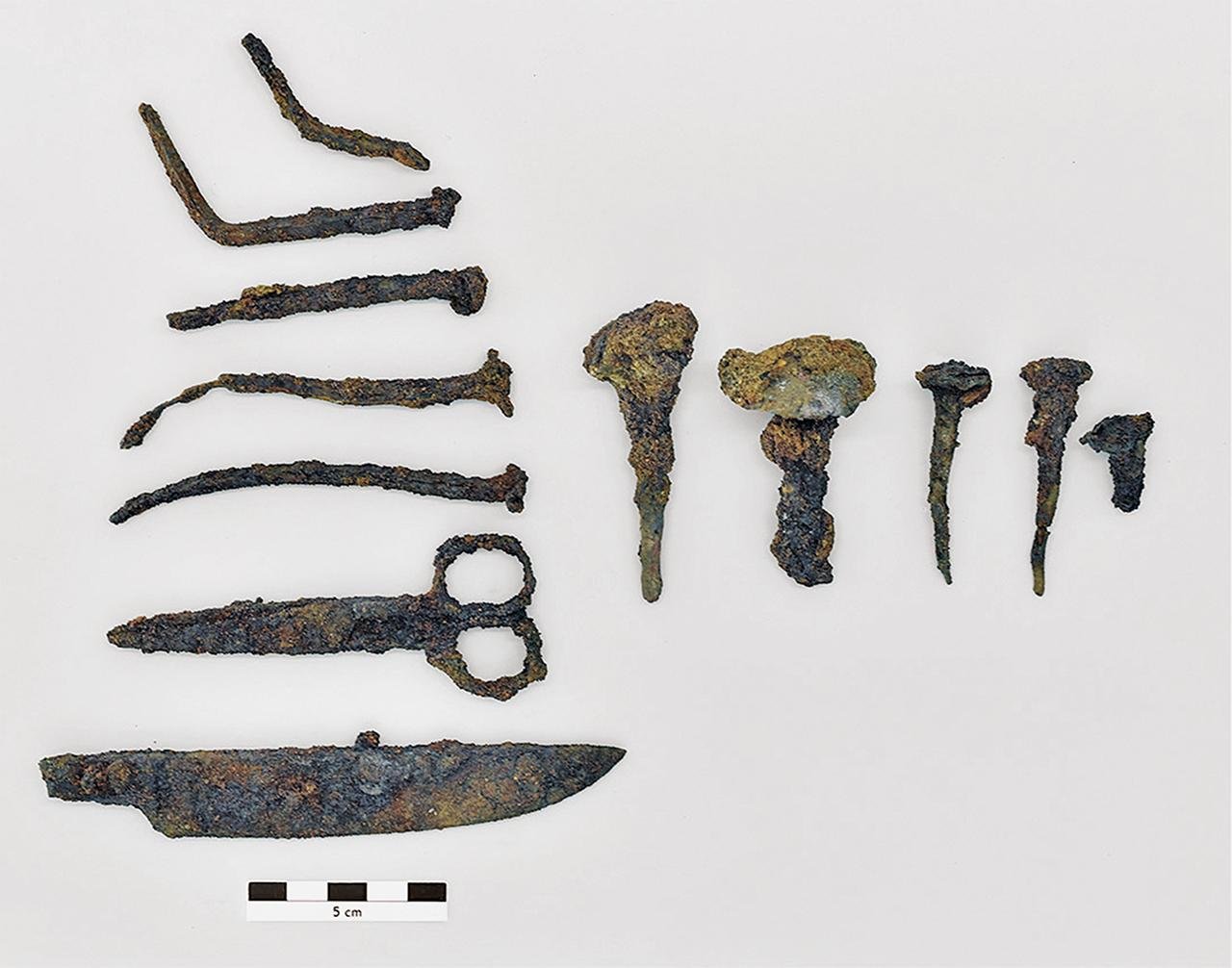
Numerous coins were found, such as Kreuzer coins featuring the portrait of Elector Maximilian I of Bavaria and Emperor Ferdinand III, helping to date the site firmly. Other discoveries were molten crown glass panes and remnants of lead musket balls — which suggest that glass was perhaps brought in specifically in order to harvest the lead for ammunition — and caches of metal components, which might have been reserved in order to keep them out of enemy hands or to be reused.
One of the most enigmatic discoveries was an individual grave on the edge of the camp, the only fully excavated single grave found within the site. The body, assumed to be that of a young woman, had been interred on her side — an unusual position for Christian burial at the time. She was outfitted with luxurious silk clothing interwoven with gold and silver thread, and buried with individual items like a bronze ring, garment hooks, and a tin-lead alloy chain.
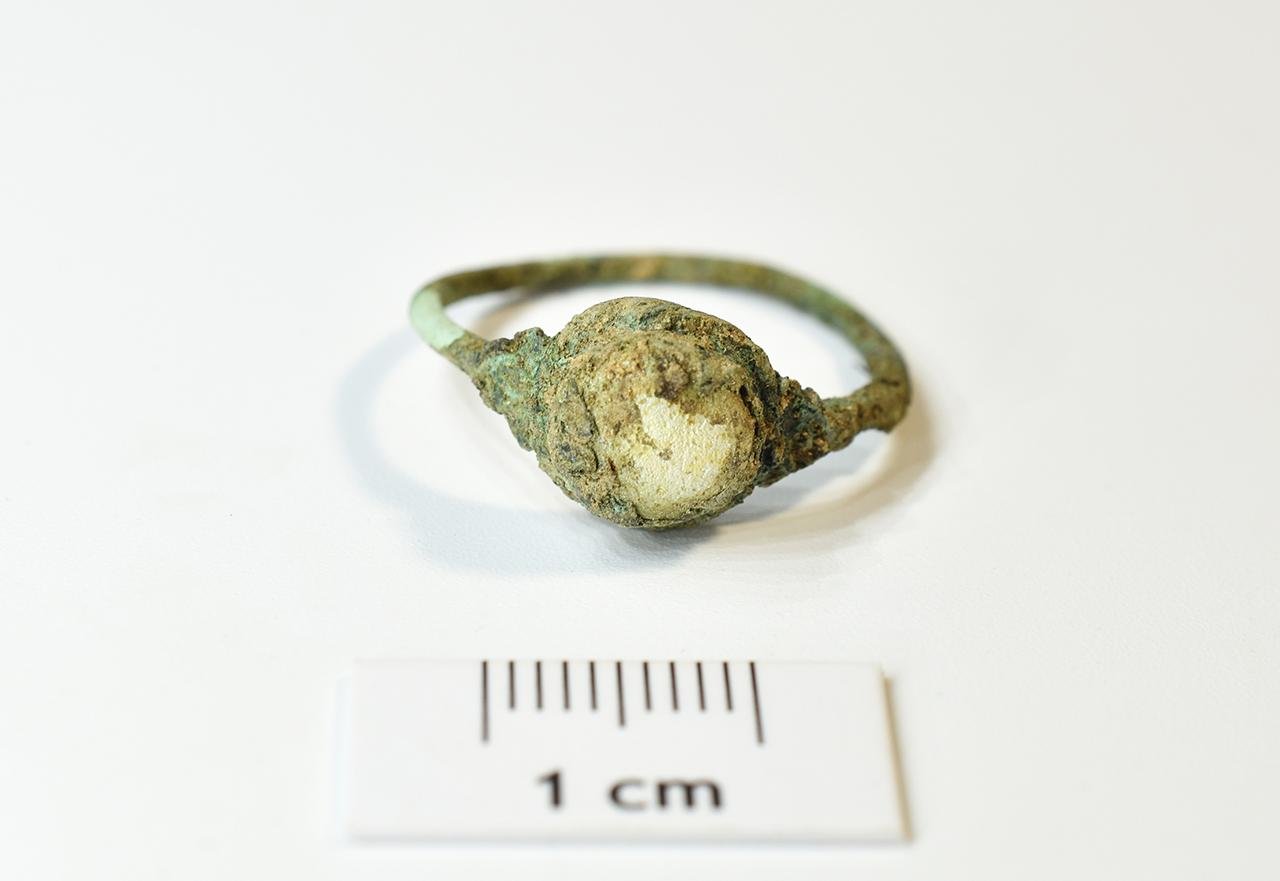
Radiocarbon dating confirmed that the burial was of the occupation period age at the camp, but isotope analysis was unable to determine the individual’s origin or cause of death. Researchers think she could have been the wife of an officer or a person of high rank. Despite careful investigation, the woman’s identity and why she was buried in such an unusual manner remain unsolved.
More information: BLfD



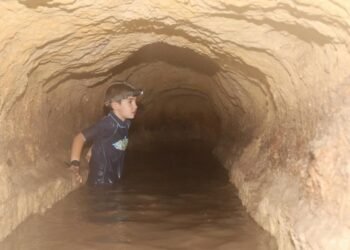

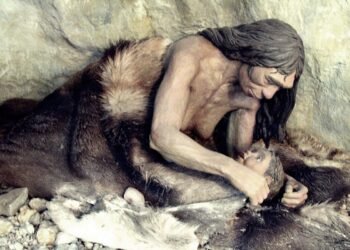
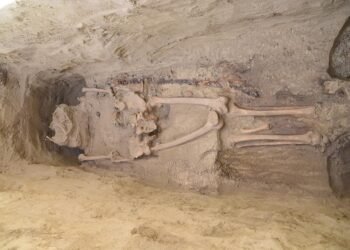
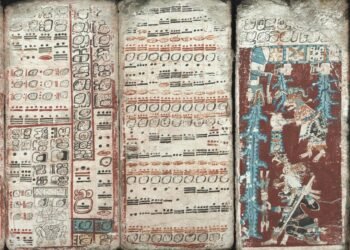
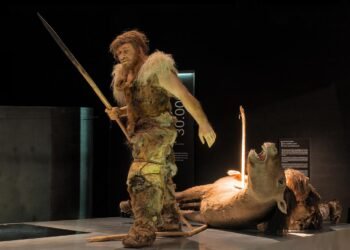















Comments 0